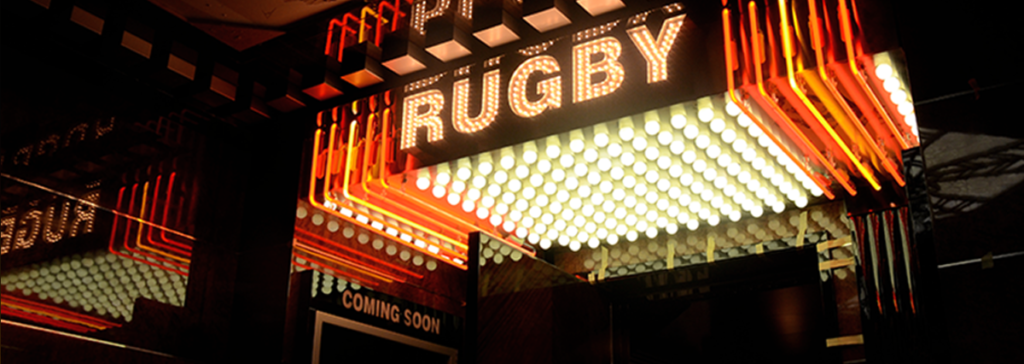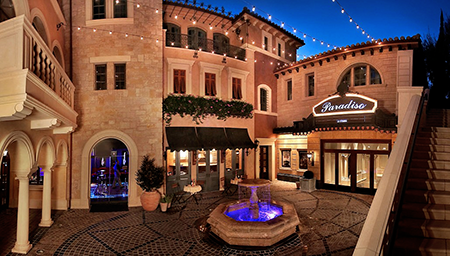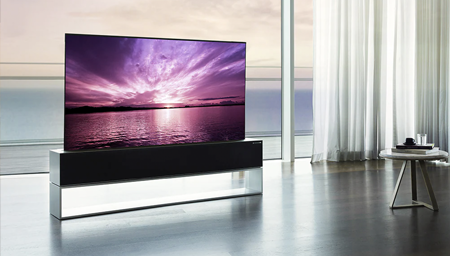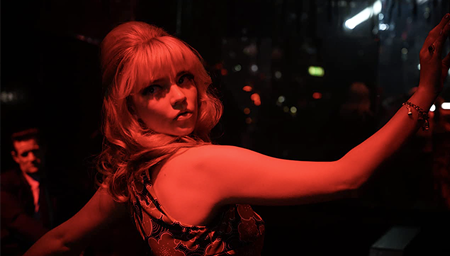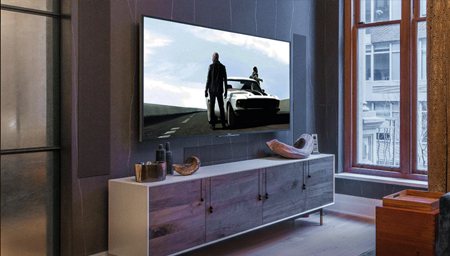Then came the pandemic, which bore curveballs for pretty much every aspect of society, of course, but held some huge surprises in reserve for luxury home entertainment. As the enormity of the crisis sank in and it became clear things would stay dire for the foreseeable future, most people assumed we would all be hunkered down for the duration, personally, socially, economically, and culturally. But a few months in, I started hearing the same refrain from top-tier designers and integrators: Business was booming.
Forced to focus on a single residence, unable to enjoy entertainment anywhere but at home, and with some unexpected time available to contemplate their domestic priorities, many of their affluent clients were suddenly feeling the need for a movie-watching space that was not only completely up to date but also provided a refuge from both the increased activity in the rest of the home and from the outside world. A media room or great room, no matter how lavish, just wasn’t going to cut it. The desire for versatility had been trumped by the need for both escape and focus. An open-plan room meant to serve a variety of masters just can’t address those fundamental needs, no matter how well designed and constructed.
Based on the number of commissions the best of the best have been receiving recently, the evidence is mounting that home theaters are entering some kind of second golden age. These new rooms aren’t just retreads of their movie-palace forebears, though, but tend to embrace a more contemporary aesthetic, are much higher performance, and tend to be more accommodating to uses beyond movie-watching but without in any way compromising that defining experience.
As encouraging as all this is, my guess—and it’s just a guess—is that this phenomena will continue to play out almost exclusively at the very top of the market. Better and bigger (and cheaper) video displays and far better soundbars and streaming sources have made it easier for most people to settle for good enough in spaces that would need some serious work before they could even begin to approach great. For the broader market, where expediency rules, media rooms tend to make more sense. And, to be honest, the experience most of these people are having just isn’t that bad compared to what they were getting for the same money just five to seven years ago.
Maybe there isn’t a new golden age emerging. Maybe this is just a blip, an anomaly that ultimately signifies nothing. But it doesn’t feel that way; it feels like the core idea of a dedicated theater room still has legs and has returned to run another day by deriving strength from some completely unexpected places. If that’s true, it’s cause for celebration because it’s a chance to reinforce the singular importance of movies at a time when they’re in very real danger of becoming just another form of entertainment.


